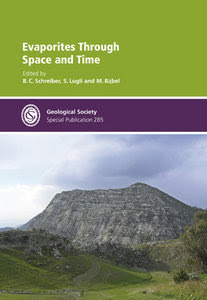
Mesozoic Sub-Continental Lithospheric Thinning under Eastern Asia (Geological Society Special Publication No. 280) Publisher: Geological Society of London ISBN: 1862392250 edition 2007 PDF 352 pages 56,6 mb
The North China craton is the only known place where an Archaean craton with a thick tectospheric root lost half of that root in younger tectonism by processes such as delamination, convection, hydration-weakening, compositional change or some other mechanism. In this volume, authors provide data constraining the geometry and timing of root loss, aimed at understanding why and how continental roots are lost in general. Modelling how often this process may have occurred in the geological past, and how much lithospheric material has been recycled to the convecting mantle through this mechanism, could drastically change our current understanding of crustal growth rates and processes. Possible triggering mechanisms for root loss include collision of the South China (Yangtze) and North China cratons in the Triassic, the India-Asia collision, closure of the Solonker and Monhgol-Okhotsk oceans, Mesozoic subduction of the Pacific Plate beneath eastern China, impingement of mantle plumes, mantle hydration from long-term subduction and several rifting events. In this volume, we link studies of crustal tectonics with investigations aimed at determining the nature of and timing of the formation and loss of the root, in order to better-understand mechanisms of continental root formation, evolution and recycling/removal.
links:










































